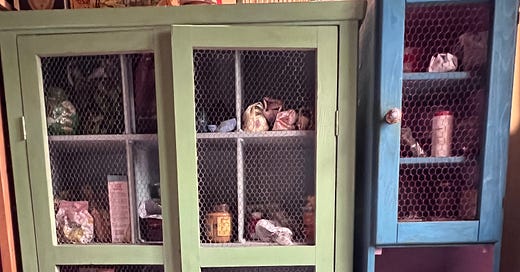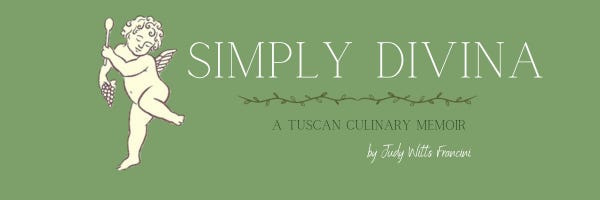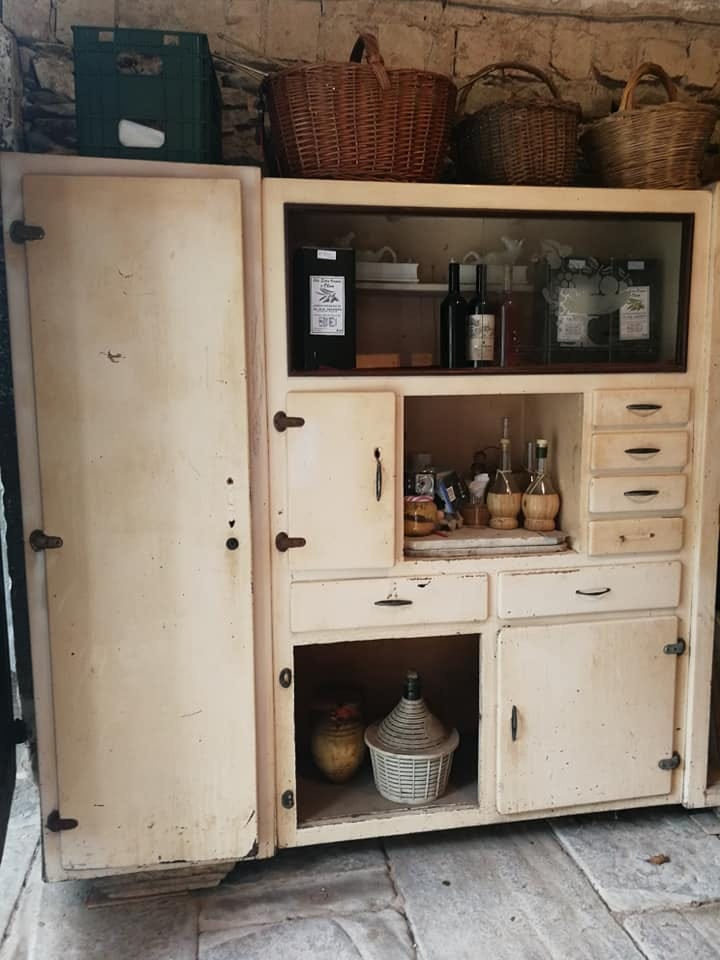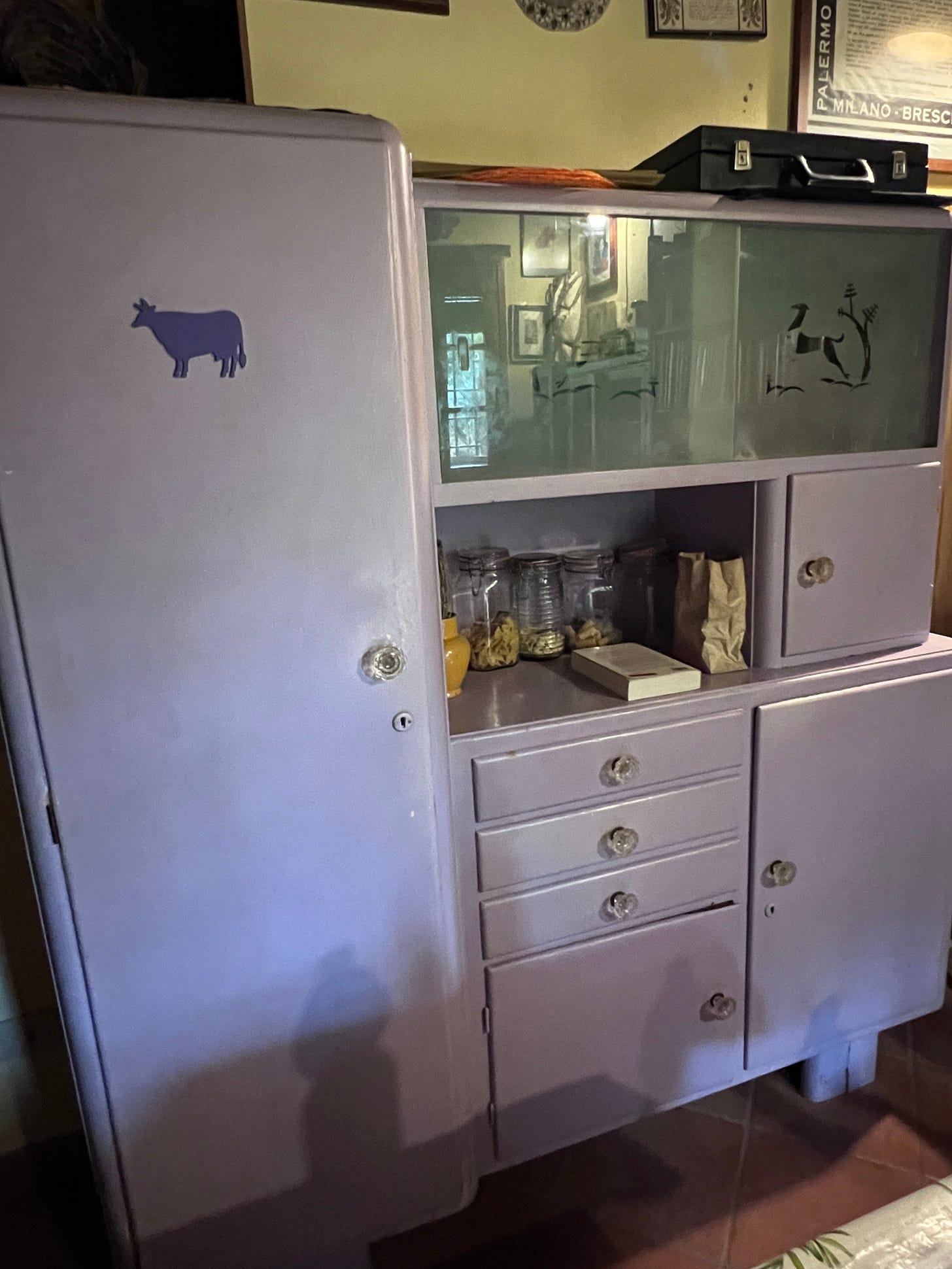When reading a recipe, unless it is written in incredible detail, it’s hard to replicate without knowing about the original ingredients or having tasted the dish before.
When I first moved to Florence, I had to relearn all my American recipes as the ingredients here differed. As a pastry chef, the flour, butter, and sugar were so different that it took many tries to replicate something as simple as Chocolate Chip Cookies. The same holds for regional Italian recipes.
If you want to cook like a Tuscan (specifically Florentine), you must understand the ingredients.
This week, let’s talk about ingredients.
My mother-in-law Tina said, “ Spend more time shopping and less time cooking.” That has been my mantra in the kitchen.
La Dispensa- The Pantry.
Having a well-stocked pantry lets you pull together quick meals. We then shop at the weekly farmer’s market for seasonal fruits and vegetables; often, there is a fish truck, and local cheese makers are there.
The grocery store has an excellent meat department, fish, and a selection of gluten-free products.
At home, the kitchens are small, so we have tiny pieces of furniture to hold the dry goods and a larger mettitutto with plates, glasses, even. Pots and pans.
In the dining room of my tiny home, I have these to hold my basics. Flour, sugar, rice, pasta, canned tomatoes, polenta, crackers, cereal, grains, and kitchen tools. I do pastry, so I have several kinds of flour and starches, potato starch, corn starch, and always have some almond flour.
I keep the stash of ziplock bags friends bring me from the USA. Besides the pantry items for Tuscan cooking, I have some regional Italian ingredients and Mexican, Chinese, and Japanese, which I grew up eating. There is always a jar of peanut butter and a box of Italian Pane Azimo and matzoh.
This is a mettitutto put everything. This was in a farmer’s storeroom. The door on the left was to hang your pots and pans and has hooks inside on the sides—the upper section with the glass ( where their olive oil is).
A large farmhouse would also store the food they grow and preserve. Summertime everyone has jars and jars o tomatoes. Jams and sauces. Most families also have a pig, which turns into Prosciutto and other products.
This is my mettitutto.
On the left side, I put in shelves and have my ceramics, my glasses are in the top glassed in part. Andrea likes to keep the pasta packages we have opened in the open section and knows which ones he can choose for a sauce. The drawers have silverware and kitchen tools. With the larger door, I have more extensive kitchen tools and ceramics.
Behind the paywall this week is a PDF of the Tuscany Pantry Basics and a video recipe for a Tuscan Herb Blend, which I always have on hand. We can buy it here already made; most butchers have their blend.
I call it my porchetta salt, as it is the base of what they use for making porchetta, but it’s delicious on potatoes as well! Once people have tasted it, they want it!







